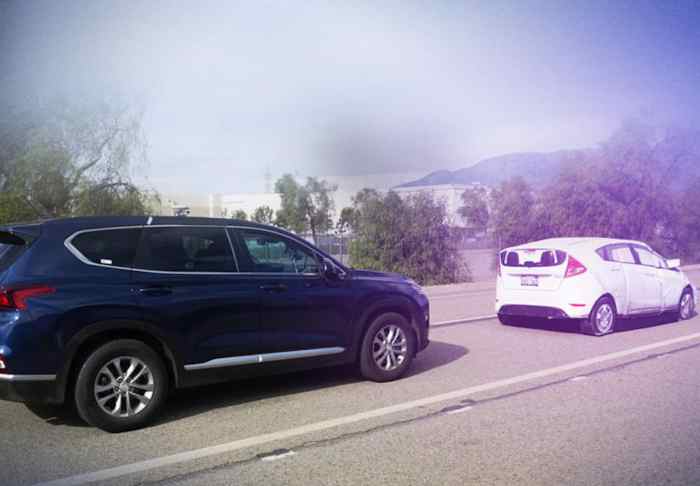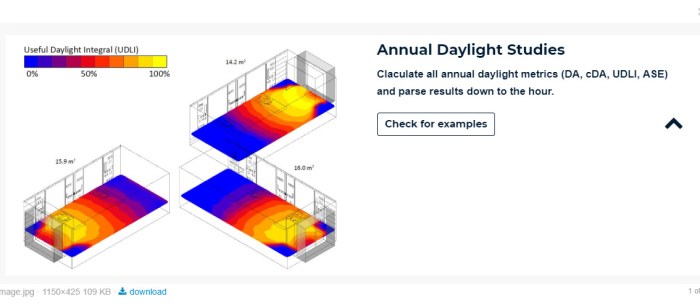Glare is enhanced by heat and impairs a drivers visibility. – Glare Intensified by Heat Compromises Driver Visibility, a critical road safety concern, emerges as a significant factor impairing drivers’ ability to see clearly. Understanding the impact of heat on glare and its consequences is crucial for enhancing road safety.
This article delves into the mechanisms behind glare intensification due to heat, explores real-world examples of its effects, and discusses mitigation strategies and advanced technologies employed to address this issue.
Glare Effects on Drivers’ Visibility: Glare Is Enhanced By Heat And Impairs A Drivers Visibility.

Glare is a major contributor to reduced visibility while driving, significantly impairing a driver’s ability to see clearly. This phenomenon occurs when bright light, either natural or artificial, directly or indirectly enters the eye, causing discomfort, visual disturbances, and reduced perception.
There are different types of glare, including direct glare, reflected glare, and indirect glare. Direct glare occurs when a light source, such as the sun or headlights of an oncoming vehicle, shines directly into the driver’s eyes. Reflected glare occurs when light bounces off a surface, such as a wet road or a car’s hood, and enters the driver’s eyes.
Indirect glare occurs when light is scattered by particles in the atmosphere, such as dust or fog, and enters the driver’s eyes.
Heat and Glare Intensification
Heat can significantly enhance glare and further impair visibility for drivers. When temperatures rise, the air becomes less dense, causing light to travel more easily and increasing the intensity of glare. Additionally, heat can cause road surfaces to shimmer, creating a distorted and hazy appearance that further reduces visibility.
The scientific mechanism behind this phenomenon is related to the refractive index of air. As air temperature increases, its refractive index decreases. This means that light travels faster through warmer air than through cooler air. As a result, light rays are bent more when passing through warmer air, leading to increased glare and visual disturbances.
Real-World Examples of Glare and Visibility Impairment
There are numerous real-life scenarios where the combination of glare and heat can severely hinder a driver’s vision.
- Driving into the sun during sunrise or sunset, especially when the road is wet or icy.
- Driving behind a large vehicle with a reflective surface, such as a semi-trailer truck, on a hot day.
- Driving through a construction zone where dust and debris are present, especially when combined with sunlight.
In these situations, the intense glare and reduced visibility can make it difficult for drivers to see pedestrians, other vehicles, and road signs, significantly increasing the risk of accidents.
Mitigation Strategies for Glare Reduction, Glare is enhanced by heat and impairs a drivers visibility.
There are various methods that drivers can employ to reduce glare and improve visibility while driving.
- Wearing sunglasses with polarized lenses, which help to block out harmful UV rays and reduce glare.
- Using anti-reflective coatings on eyeglasses or sunglasses to minimize reflections from light sources.
- Modifying vehicles with glare-reducing features, such as tinted windows, visors, and glare shields.
These measures can significantly improve visibility and reduce the risk of accidents caused by glare.
Advanced Technologies for Glare Management
In addition to traditional glare reduction methods, there are also cutting-edge technologies that are being developed to address glare issues in vehicles.
- Head-up displays (HUDs) project information directly onto the windshield, reducing the need for drivers to look away from the road.
- Adaptive headlights automatically adjust their beam pattern to minimize glare for oncoming drivers.
- Glare-canceling systems use sensors to detect glare and emit a counteracting light beam to reduce its intensity.
These technologies have the potential to significantly enhance driver safety and reduce the impact of glare on visibility.
Clarifying Questions
What causes glare intensification due to heat?
Heat can enhance glare by increasing the refractive index of air, causing light rays to bend more sharply. This results in a more concentrated and intense glare effect.
How does glare affect driver visibility?
Glare can impair driver visibility by reducing contrast sensitivity, making it difficult to distinguish objects on the road. It can also cause temporary blindness, especially when transitioning from dark to bright areas.
What are some mitigation strategies for reducing glare?
Effective glare reduction strategies include wearing polarized sunglasses, using anti-reflective coatings on vehicle windows, and adjusting the vehicle’s sun visor to block direct sunlight.


